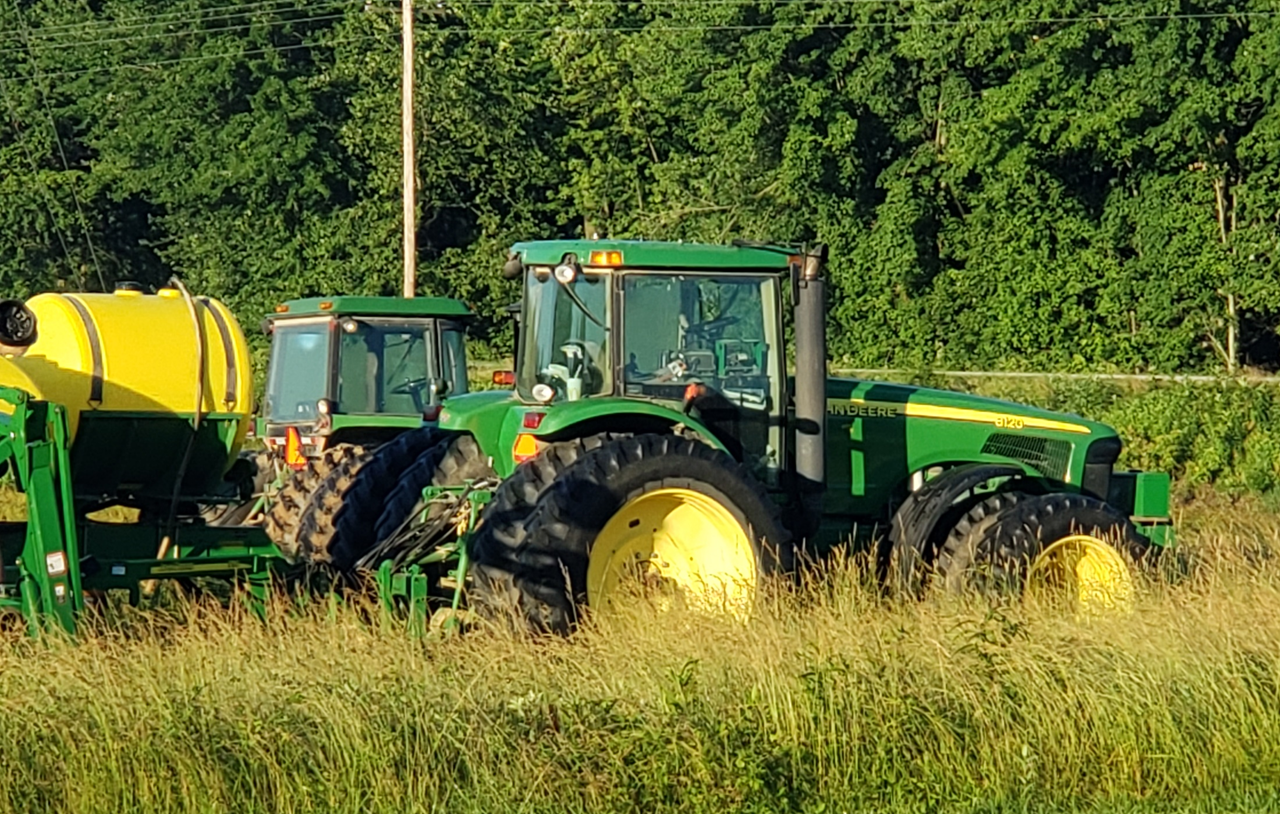 Riecker Chiropractic
Riecker Chiropractic
NRCS Announces Funding to Plant Cover Crops on Flooded Cropland Acreage in Indiana
FROM STATE OFFICIALS
STATEWIDE -- USDA’s Natural Resources Conservation Service (NRCS) is offering a special Environmental Quality Incentive Program (EQIP) sign-up throughout Indiana for those farmers who could not plant their crops because of flooded or wet fields. This funding is available statewide.
Excessive moisture and flooding in 2019 have prevented or delayed planting on many farms in Indiana. Many producers were unable to plant crops by a final planting date or have experienced significant delays in planting. This sign-up provides technical and financial assistance to help farmers plant cover crops, an alternative to letting fields go fallow and uncovered. The deadline to apply is August 9, 2019.
Fields that are saturated for an extended period can lose important soil organisms. Unplanted fields without vegetative cover are more prone to soil erosion and nutrient loss leading to the possibility of increased pollution of nearby lakes and streams. Cover crop roots create pathways for air and water to move through the soil, which is key to restoring its health.
“Cover crops help farmers to manage soil erosion, weeds and pests and improve soil health,” said Jerry Raynor, NRCS state conservationist. “Planting a cover crop can also help your soil recover after a flood or a long period of remaining wet.”
Farmers with prevented planting coverage through USDA-administered crop insurance can hay, graze, or chop a cover crop. USDA’s Risk Management Agency adjusted the final haying and grazing date from November 1 to September 1 to help farmers who were prevented from planting or delayed in planting due to flooding and excessive rainfall.
USDA also offers a disaster assistance discovery tool (https://www.farmers.gov/recover/disaster-assistance-tool#step-1) that walks producers through five questions to help them identify personalized results of what USDA disaster assistance programs meet their needs. For more information on disaster assistance programs, contact your local USDA service center or visit farmers.gov/prevented-planting.
Cover crop roots add organic matter and create pathways for air and water to move through the soil, which is key to restoring its health.












